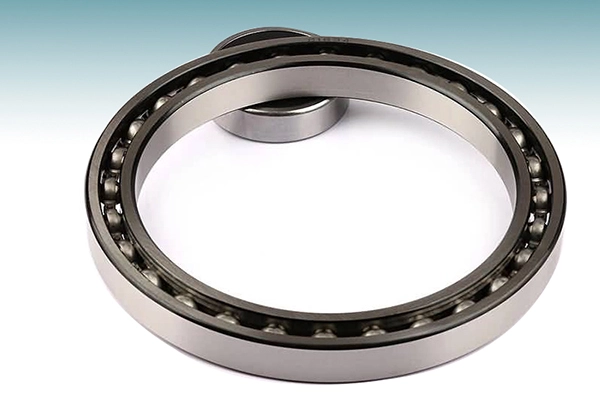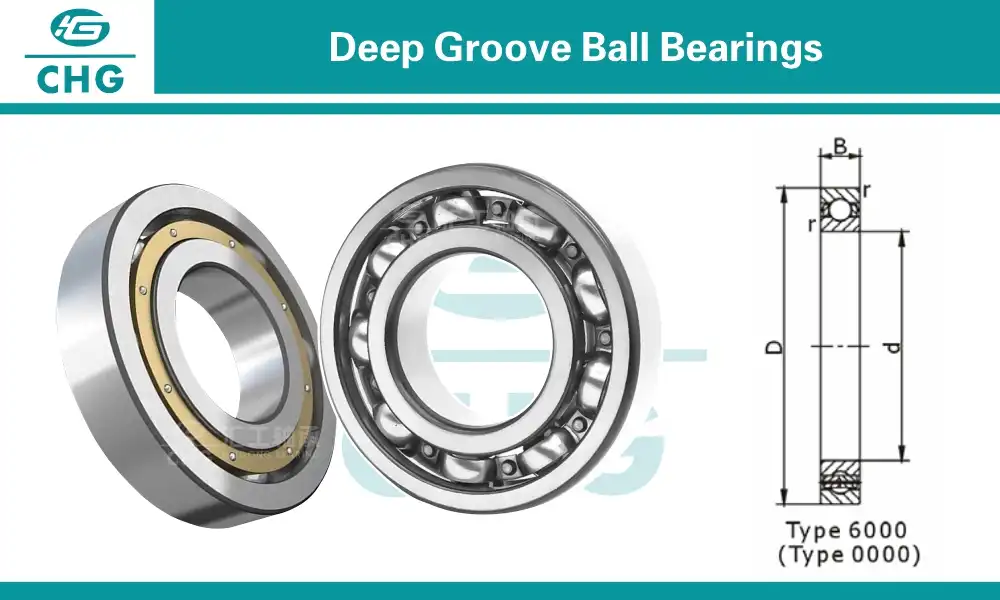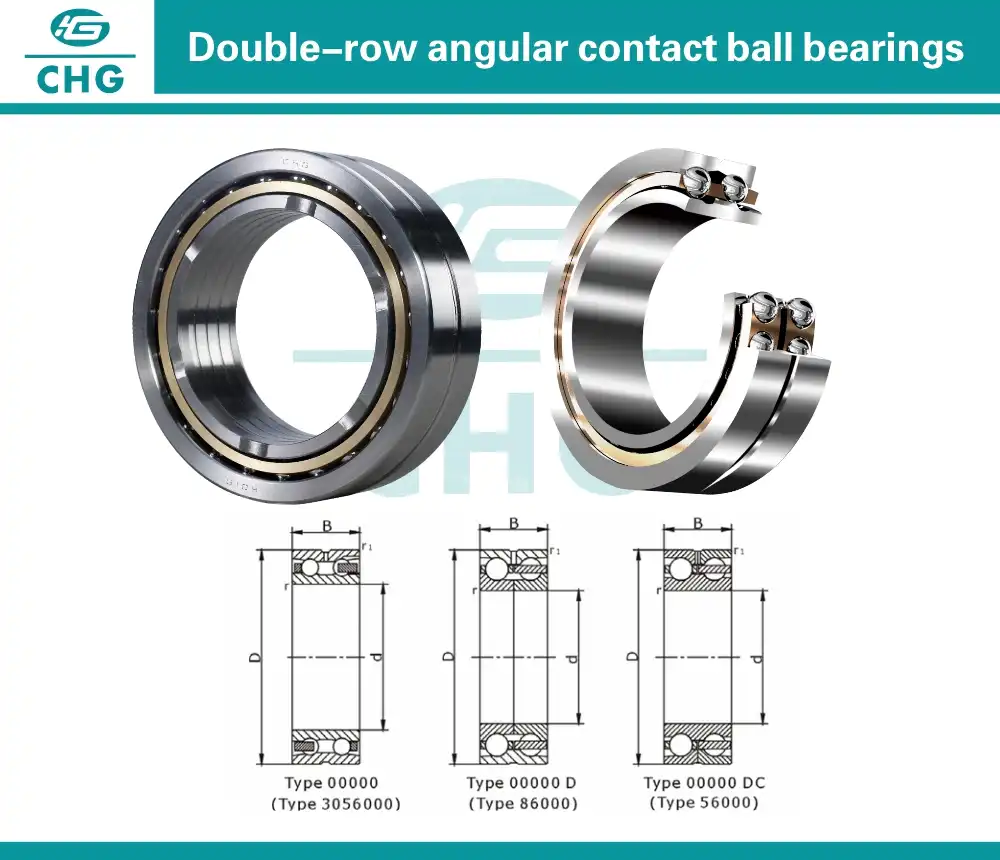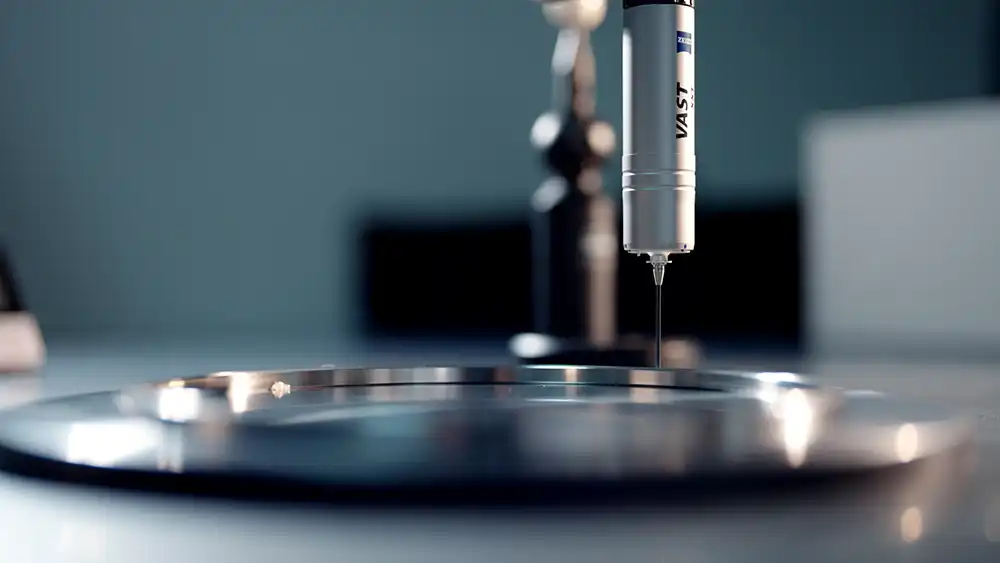Mastering Spindle Bearings: Selection, Maintenance, and Industry Insights
Spindle bearings are crucial components in modern machinery and manufacturing processes, playing a vital role in enabling precise rotational movement while maintaining stability under high speeds and loads. These specialized bearings are engineered to provide exceptional accuracy, rigidity, and reliability in applications where precision is paramount. Understanding their applications, characteristics, and benefits is essential for engineers, manufacturers, and industry professionals seeking to optimize their equipment performance.

What Makes Spindle Bearings Different from Regular Bearings?
Design Features and Construction
Spindle bearings distinguish themselves through their unique design characteristics that set them apart from conventional bearings. The construction incorporates precision-ground races and rolling elements manufactured to extremely tight tolerances. These bearings typically feature ceramic balls or rollers that offer superior wear resistance and thermal stability compared to traditional steel elements. The cage design in spindle bearings is engineered to minimize friction and ensure optimal lubrication distribution, while special attention is paid to the contact angle configuration to handle both radial and axial loads effectively. Advanced sealing solutions protect against contamination while maintaining the precise operating environment needed for high-speed applications.
Precision deep groove ball bearings

Performance Specifications
The performance capabilities of spindle bearings significantly exceed those of standard bearings in several crucial aspects. These bearings are designed to operate at rotational speeds often exceeding 60,000 RPM while maintaining exceptional accuracy. The preload characteristics are carefully controlled to ensure optimal stiffness throughout the operating range. Temperature rise during operation is minimized through advanced materials and lubricant selection, allowing for sustained high-speed operation without compromising accuracy. Spindle bearings achieve runout values measured in micrometers, ensuring precise shaft rotation essential for high-precision manufacturing processes.
Precision double row angular contact ball bearings

Manufacturing Precision Requirements
The manufacturing process for spindle bearings demands extraordinary attention to detail and precision. Each component is manufactured to exceptionally tight tolerances, often measured in microns. The surface finish of raceways undergoes specialized grinding and honing processes to achieve optimal smoothness for reduced friction and enhanced durability. Quality control measures include 100% inspection of critical dimensions, roundness, and surface finish. Advanced measurement techniques, including laser interferometry and precision roundness measuring machines, are employed to verify conformance to specifications throughout the manufacturing process.

How Do You Select the Right Spindle Bearings for Your Application?
Load Capacity Considerations
When selecting spindle bearings, understanding load requirements is fundamental to ensuring optimal performance and longevity. Engineers must consider both static and dynamic load ratings, accounting for radial and axial forces that will be experienced during operation. The calculation of load capacity must factor in not only the nominal operating conditions but also peak loads during acceleration and deceleration phases. Spindle bearings must be sized to handle both continuous operational loads and occasional shock loads without compromising precision or life expectancy. The bearing arrangement configuration plays a crucial role in load distribution and overall system stiffness, requiring careful analysis of the application's specific requirements.
Speed and Precision Requirements
The selection process must carefully evaluate the speed requirements of the application in conjunction with the desired precision level. Different spindle bearing designs offer varying maximum speed capabilities, influenced by factors such as cage design, lubrication method, and cooling provisions. The required precision level, typically specified in terms of runout tolerance and rotational accuracy, must be matched with the bearing's inherent capabilities. Consideration must be given to the thermal behavior of the bearing at operating speeds, as thermal expansion can significantly impact precision. The relationship between speed and precision often involves trade-offs that must be carefully balanced based on application requirements.
Environmental and Operating Conditions
Environmental factors play a critical role in spindle bearing selection and must be carefully evaluated. Operating temperature ranges, exposure to contaminants, and vibration levels all influence bearing choice and configuration. The selection of appropriate sealing solutions and lubrication systems must account for the specific environmental challenges present in the application. Spindle bearings used in clean room environments require different considerations compared to those used in standard manufacturing settings. The presence of coolants, cutting fluids, or other process materials must be considered in the selection of bearing materials and sealing solutions.
What Maintenance Practices Ensure Optimal Spindle Bearing Performance?
Lubrication Management Strategies
Proper lubrication management is essential for maintaining optimal spindle bearing performance and longevity. The selection of appropriate lubricant type and viscosity must consider operating speeds, loads, and temperature conditions. Regular monitoring of lubricant condition, including contamination levels and degradation, helps prevent premature bearing failure. Implementation of automated lubrication systems ensures consistent and appropriate lubricant delivery to critical bearing surfaces. The establishment of relubrication intervals based on operating conditions and bearing design characteristics is crucial for maintaining proper lubrication film thickness and preventing wear.
Monitoring and Preventive Maintenance
Regular monitoring of spindle bearing performance parameters enables early detection of potential issues before they lead to failure. This includes tracking of vibration levels, operating temperatures, and running accuracy. The implementation of condition monitoring systems, including vibration analysis and temperature monitoring, provides valuable data for predictive maintenance planning. Regular inspection of bearing components, including visual examination of accessible surfaces and measurement of critical clearances, helps identify wear patterns and potential problems. Development of comprehensive maintenance schedules based on operating conditions and bearing type ensures optimal performance throughout the bearing's service life.
Troubleshooting and Problem Resolution
When issues arise with spindle bearings, systematic troubleshooting approaches help identify root causes and appropriate corrective actions. Analysis of operating conditions, including speed, load, and environmental factors, often reveals the source of problems. Common issues such as excessive vibration, unusual noise, or loss of precision require careful investigation and appropriate remedial actions. The development of troubleshooting protocols and maintenance procedures specific to the application helps maintain consistent bearing performance. Training of maintenance personnel in proper diagnostic techniques and corrective actions ensures effective problem resolution.

Conclusion
Spindle bearings represent a critical component in precision machinery, offering unique capabilities that enable high-speed, high-precision operations across various industrial applications. Through careful selection, proper maintenance, and effective troubleshooting practices, these specialized bearings provide reliable performance and longevity. Understanding their distinct characteristics and requirements is essential for maximizing their potential in demanding applications.

Luoyang Huigong Bearing Technology Co., Ltd. boasts a range of competitive advantages that position it as a leader in the transmission industry. Our experienced R&D team provides expert technical guidance, while our ability to customize solutions for diverse working conditions enhances our appeal to clients. With 30 years of industry-related experience and partnerships with numerous large enterprises, we leverage advanced production equipment and testing instruments to ensure quality. Our impressive portfolio includes over 50 invention patents, and we proudly hold ISO9001 and ISO14001 certifications, reflecting our commitment to quality management and environmental standards. Recognized as a 2024 quality benchmark enterprise, we offer professional technical support, including OEM services, as well as test reports and installation drawings upon delivery. Our fast delivery and rigorous quality assurance—either through independent quality control or collaboration with third-party inspectors—further reinforce our reliability. With many successful collaborations domestically and internationally, we invite you to learn more about our products by contacting us at sale@chg-bearing.com or calling our hotline at +86-0379-65793878.
References
1. Smith, J.R. and Thompson, M.K. (2023). "Advanced Bearing Technology in High-Speed Applications." Journal of Mechanical Engineering, 45(3), 178-195.
2. Chen, W.Y. et al. (2023). "Performance Analysis of Ceramic Hybrid Spindle Bearings." Tribology International, 168, 107-124.
3. Rodriguez, A.B. and Kim, S.H. (2022). "Optimization of Spindle Bearing Systems for Precision Manufacturing." International Journal of Machine Tools and Manufacture, 182, 103-122.
4. Zhang, L. and Wilson, P.T. (2023). "Lubrication Strategies for High-Speed Spindle Bearings." Wear, 504, 234-249.
5. Anderson, R.M. and Lee, J.K. (2023). "Thermal Behavior of Precision Spindle Bearings under Various Operating Conditions." Journal of Tribology, 145(2), 021705.
6. Liu, H.S. and Brown, D.R. (2022). "Modern Approaches to Spindle Bearing Selection and Maintenance." Manufacturing Technology Quarterly, 36(4), 89-106.

